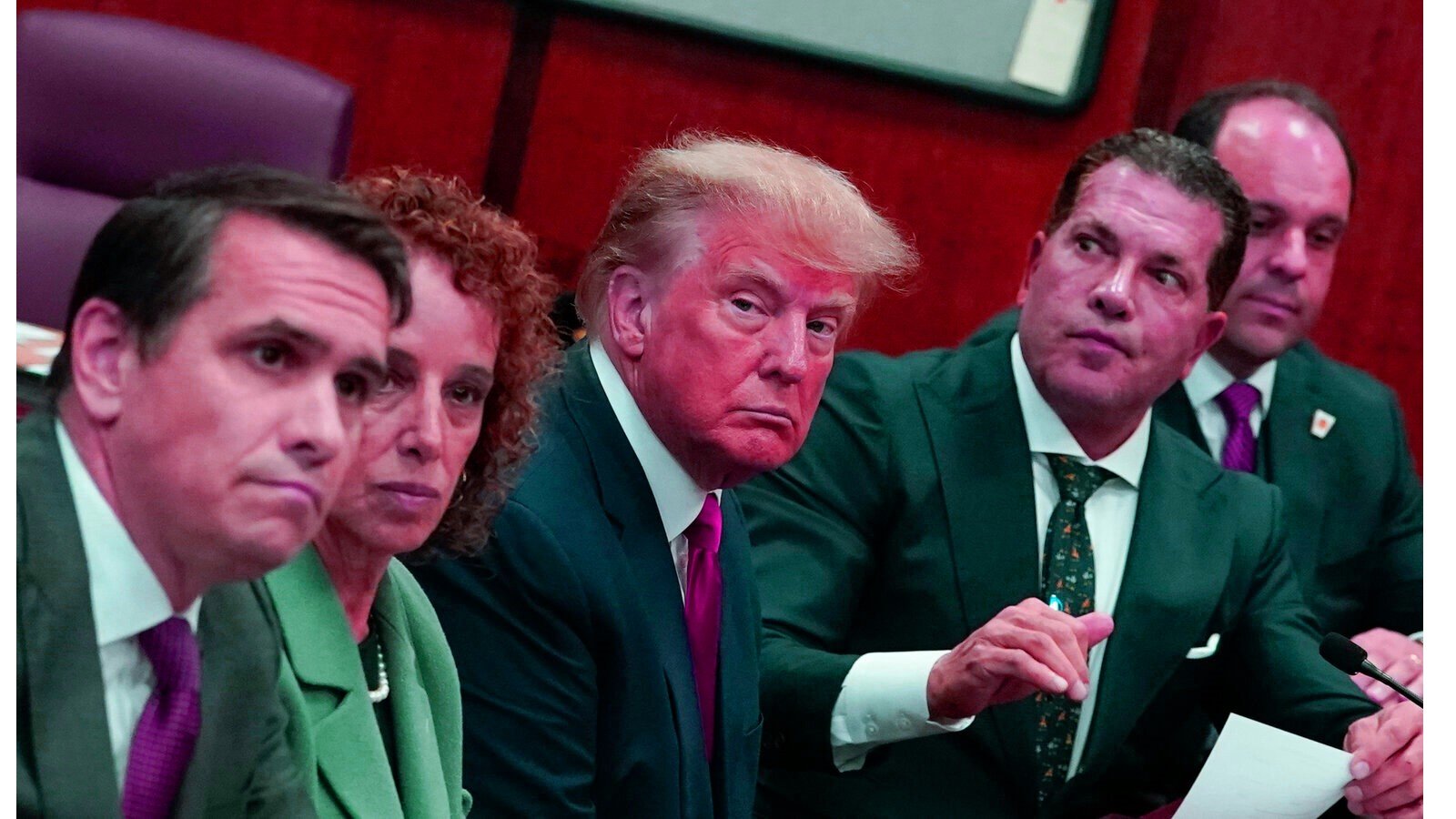Conservation Practices and Environmental Law

Historical Perspective
Environmental protection is not a recent concept. Throughout history, societies have evolved their understanding of the environment and enacted laws to safeguard it. From early conservation efforts to the establishment of the Environmental Protection Agency (EPA) in the United States, the journey has been marked by milestones in recognizing and addressing environmental issues.
Key Environmental Laws
Globally, various laws form the backbone of environmental protection. These range from the Clean Air Act in the United States to the Kyoto Protocol, demonstrating a concerted effort to address different aspects of environmental degradation. Delving into the specifics of these laws allows us to appreciate the diversity of approaches taken by different regions.
Enforcement Mechanisms
Laws alone are not sufficient; effective enforcement is crucial. Government agencies play a pivotal role in ensuring compliance, and understanding the penalties for violating environmental laws provides insight into the seriousness with which these matters are treated.
International Cooperation
Environmental issues transcend borders, necessitating international collaboration. Initiatives like the Paris Agreement highlight the collective commitment of nations to combat climate change. Analyzing these global efforts sheds light on the significance of shared responsibility.
Challenges in Implementation
Despite the existence of laws, challenges persist in implementing effective environmental protection measures. Identifying these obstacles and proposing viable solutions are crucial for achieving tangible results.
Corporate Responsibility
Businesses, as significant contributors to environmental impact, are increasingly recognizing their role in sustainable practices. Exploring corporate initiatives and sustainability measures provides a glimpse into the changing landscape of corporate responsibility.
Read More: Understanding Environmental Law: Protecting Our Planet (2023)
Public Awareness
Empowering the public with knowledge is a potent tool for environmental protection. Examining successful awareness campaigns and their impact on shaping public opinion illustrates the importance of informed citizens.
Case Studies
Real-world examples of successful environmental protection efforts offer valuable lessons. Conversely, studying instances of failure helps refine strategies and avoid pitfalls in future endeavors.
Future Trends
The landscape of environmental protection is dynamic, with emerging technologies playing a crucial role. Anticipating future trends allows us to prepare for the challenges and opportunities that lie ahead.
Citizen Engagement
Individual actions collectively contribute to significant change. Highlighting the power of citizen engagement and community-based initiatives underscores the impact of grassroots efforts.
Balancing Development and Conservation
The tension between economic development and environmental conservation is an ongoing challenge. Exploring strategies for sustainable growth ensures a harmonious coexistence of progress and environmental protection.
Legislative Innovations
Innovation in legislation is essential to keep pace with evolving environmental challenges. Examining new approaches and adaptive measures ensures that laws remain effective in changing circumstances.
Evaluating Progress
Metrics for evaluating the success of environmental protection efforts are vital. Regular assessments and continuous improvement strategies are essential for maintaining momentum in this ongoing battle.
Read More: Know Your Workplace Rights Under Employment Law
Conclusion
In conclusion, the laws and practices for protecting the environment are multifaceted and dynamic. From historical perspectives to future trends, understanding the intricacies of environmental protection is key to creating a sustainable future. Collective responsibility, from individuals to nations, is the linchpin in the success of these endeavors.
FAQs
How can individuals contribute to environmental protection?
Individuals can make a difference by adopting sustainable practices in their daily lives, such as reducing waste, conserving energy, and supporting environmentally responsible products.
Are there any notable examples of successful environmental protection initiatives?
Yes, initiatives like the reforestation efforts in the Amazon Rainforest and the ban on single-use plastics in certain countries showcase successful environmental protection initiatives.
What role do businesses play in environmental protection?
Businesses can contribute by adopting eco-friendly practices, investing in renewable energy, and incorporating sustainability into their corporate strategies.
How can countries collaborate to address global environmental issues?
International collaborations, as seen in agreements like the Paris Agreement, involve countries working together to set common goals and strategies for mitigating environmental challenges.
What are the future trends in environmental protection?
Emerging technologies, increased focus on circular economies, and enhanced international cooperation are among the future trends shaping environmental protection efforts.











